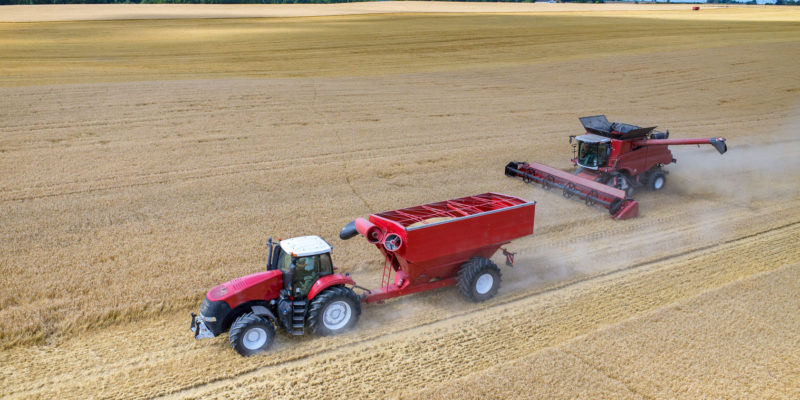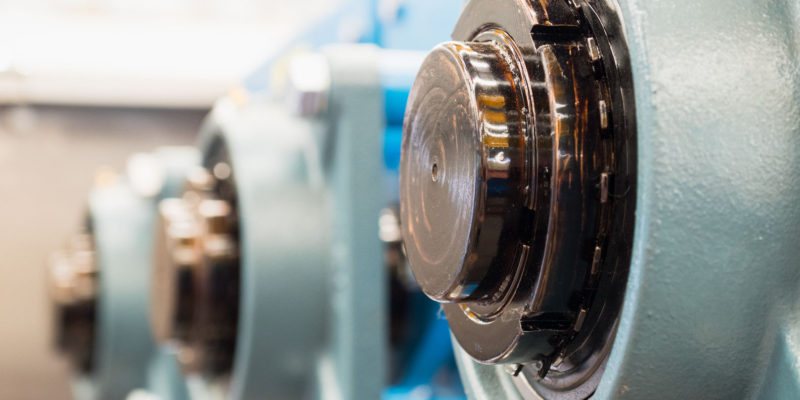Leading automotive, industrial and energy solutions manufacturer Q8Oils – a subsidiary of oil giant Kuwait Petroleum Corporation – has signed a distribution and manufacturing license agreement with South Africa-based Blue Chip Lubricants Pty Limited. Based in Randburg, Blue Chip’s role as sole importer and distributor of Q8 lubricants in South Africa will also see the company manufacture locally to ensure they can deliver a high level of service and flexibility to their customers.
Commenting for Blue Chip, director Gary Marais says: “All products manufactured locally will be blended under strict Q8Oils quality controls, using its own high-quality base oils and additives. In addition, the formulations we use are the same as those used by Q8Oils customers in Europe and North America.”
Established in 1983, Blue Chip Lubricants is a leading independent manufacturer, marketer and distributor of a wide variety of high-quality lubricants and greases in South Africa; and has gained a reputation for the production of reliable products and services.
Championing the partnership, Q8Oils regional sales manager Abdulmohsen Homoud says: “When choosing a partner for this region it was essential that we found a high-quality blender and a ‘can do’ partner, both technically and commercially. The Q8Oils and Blue Chip partnership is a perfect fit for the South African market, with customers being the ultimate winners.”
He goes on to say that, with Q8Oils’ marketing, manufacturing and research headquarters remaining in Europe, Blue Chip has significant corporate resources to call on whenever they are required.





